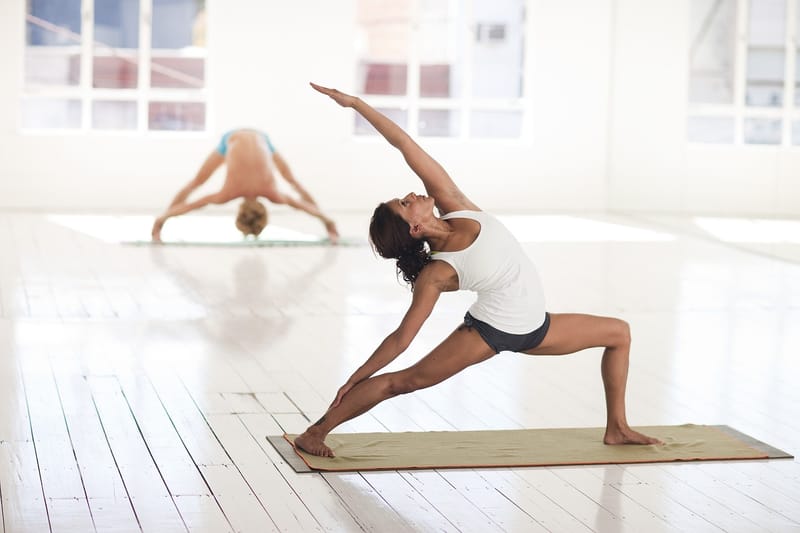Breathwork - Part 3
Mastering the Art of Breathing: Part 3
Introduction
Welcome to the third part of our series on mastering breathing techniques. In this segment, we will explore advanced methods to enhance your breathing practices further. Whether you are a beginner or have experience in breathing exercises, these techniques will help you deepen your understanding and control over your breath.
1. Box Breathing
Box breathing is a powerful technique used by many to calm the mind and body. It involves a simple 4-step process: inhale, hold, exhale, hold. Each phase should last for an equal count, typically ranging from 4 to 6 seconds. This method can help reduce anxiety, improve focus, and regulate emotions.

2. Alternate Nostril Breathing (Nadi Shodhana)
Nadi Shodhana is a yogic breathing technique that involves breathing through alternate nostrils. This practice aims to balance the flow of energy in the body, promoting mental clarity and relaxation. By alternating nostrils, you can harmonize the left and right hemispheres of the brain, fostering a sense of equilibrium.

3. Breath Retention (Kumbhaka)
Kumbhaka is the practice of holding the breath intentionally. This technique can enhance lung capacity, improve oxygen efficiency, and boost overall respiratory health. There are two types of breath retention: after inhaling (antara kumbhaka) and after exhaling (bahya kumbhaka). Start with short durations and gradually increase as you build endurance.

4. Coherent Breathing
Coherent breathing involves breathing at a rate of 5 breaths per minute, which equates to inhaling and exhaling for a count of 6 seconds each. This technique synchronizes your breath with your heart rate variability, promoting relaxation and reducing stress. Practice coherent breathing for a few minutes daily to experience its calming effects.

Conclusion
By incorporating these advanced breathing techniques into your routine, you can enhance your overall well-being and cultivate a deeper connection with your breath. Remember to practice regularly and listen to your body's signals to ensure a safe and effective experience. Stay tuned for more insights and tips on mastering the art of breathing in our upcoming articles.
